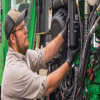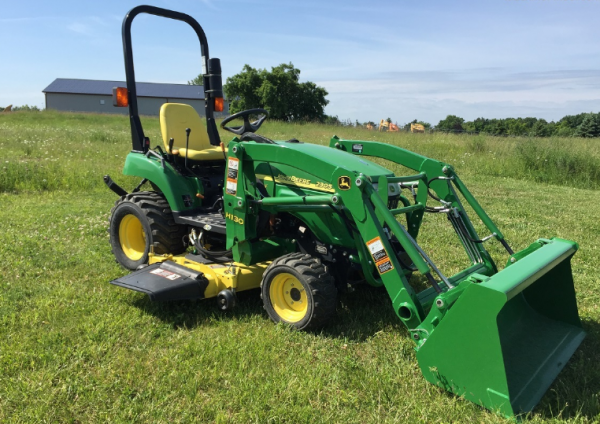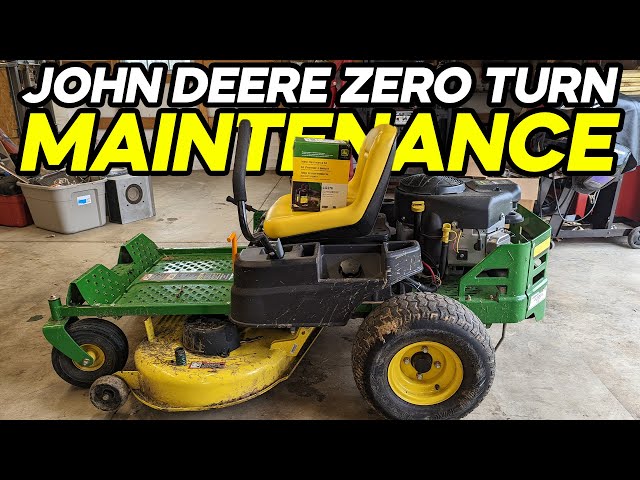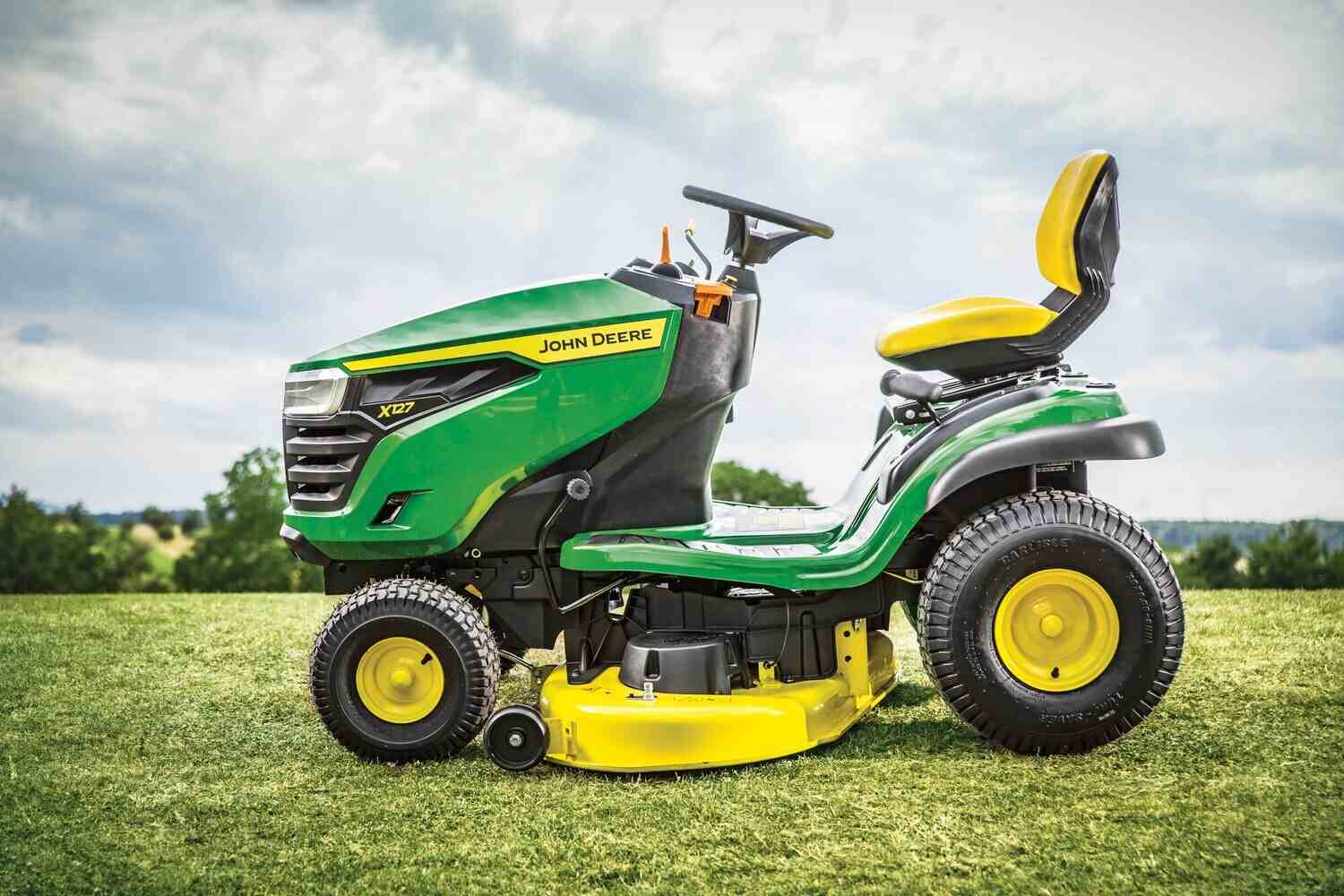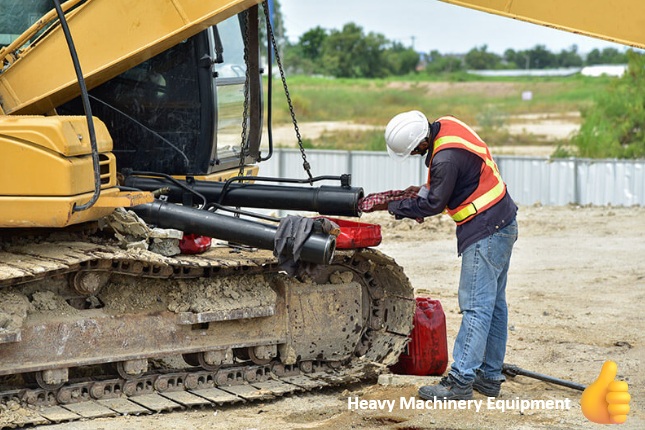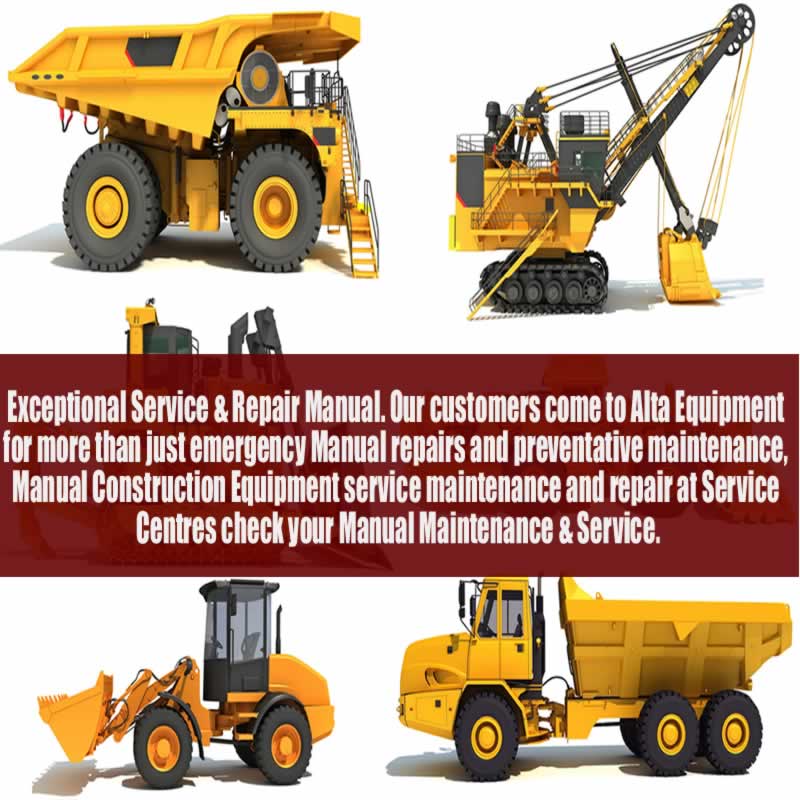Top 10 Common Heavy Machinery Problems and How to Fix Them: Excavator and Tractor Repair Tips
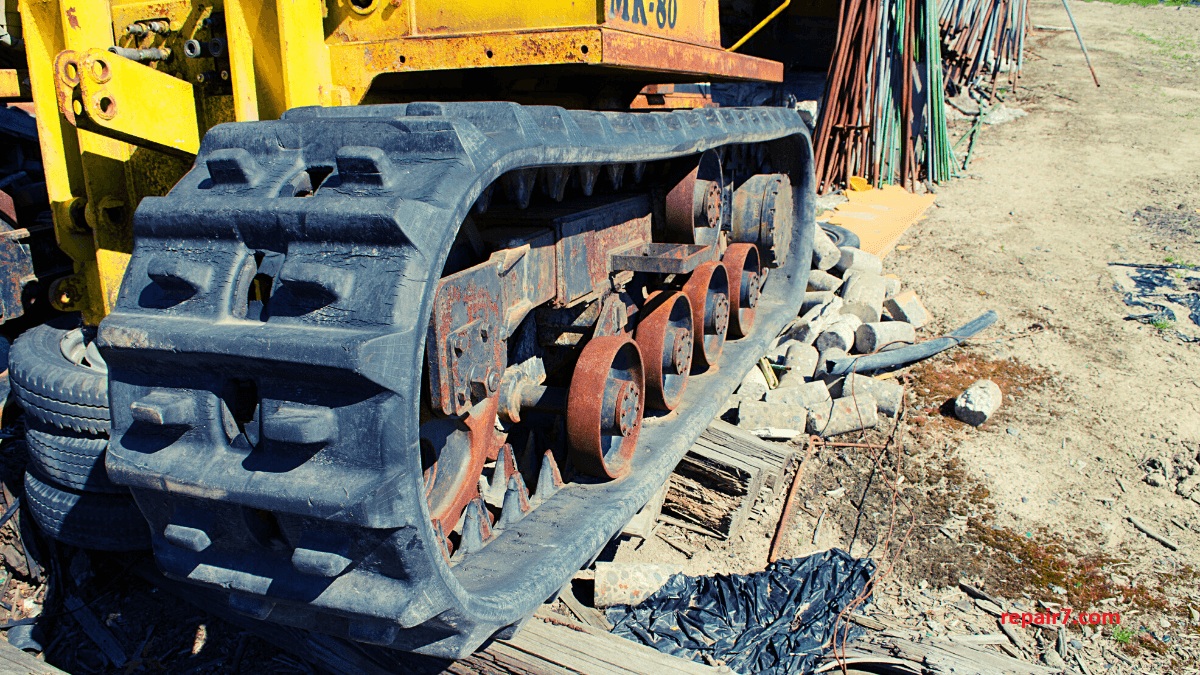
Strong 8k brings an ultra-HD IPTV experience to your living room and your pocket.
Top 10 Common Heavy Machinery Problems and How to Fix Them
Service Repair Manual Download
Introduction
-
Importance of regular maintenance
-
Cost implications of ignoring small issues
Problem 1: Hydraulic System Failures
-
Common Causes
Step-by-Step Fix
Problem 2: Engine Overheating
-
Symptoms
Causes and Prevention
Repair Tips
Problem 3: Battery and Electrical Issues
-
Signs of Electrical Problems
Quick Fixes
Problem 4: Track and Undercarriage Wear
-
Early Warning Signs
Maintenance Strategies
Repair Procedures
Problem 5: Transmission Malfunctions
-
Identifying Transmission Issues
Troubleshooting Steps
Problem 6: Fuel System Contamination
-
Symptoms of Dirty Fuel
Cleaning and Replacement Tips
Problem 7: Brake Failure
-
Causes and Risks
How to Repair Brakes
Problem 8: Cooling System Leaks
-
Common Leak Locations
Stepwise Repair Process
Problem 9: Steering Problems
-
Signs of Steering Issues
Repair and Adjustment Techniques
Problem 10: Wear and Tear on Attachments
-
Identifying Damaged Attachments
Maintenance and Repair
Preventive Maintenance Tips for Heavy Machinery
-
Daily checks and routine maintenance
Using OEM parts vs. generic parts
Safety Measures During Repairs
-
Personal protective equipment (PPE)
Lockout/tagout procedures
Conclusion
-
Summary of common problems and solutions
-
Importance of proactive maintenance
SOLUTIONS:
Problem 1: Hydraulic System Failures
Common Causes
Hydraulic systems power almost every movement in heavy machinery. Leaks, air in the system, or worn-out pumps are the usual suspects.
Step-by-Step Fix
-
Inspect hoses and fittings for leaks.
-
Replace worn or damaged seals.
-
Bleed the hydraulic system to remove trapped air.
-
Check fluid levels and top up with recommended hydraulic oil.
Regular inspection of hoses and connectors can prevent most hydraulic failures before they cause downtime.
Problem 2: Engine Overheating
Symptoms
-
Temperature gauge spikes
-
Steam from the radiator
-
Reduced engine performance
Causes and Prevention
-
Low coolant levels
-
Blocked radiator
-
Faulty thermostat
Repair Tips
-
Refill or replace coolant.
-
Clean radiator fins and check for obstructions.
-
Test the thermostat and replace if necessary.
-
Inspect fan belts and replace if worn.
Problem 3: Battery and Electrical Issues
Signs of Electrical Problems
-
Difficulty starting the engine
-
Dim lights or flickering dashboard
-
Error codes or warning lights
Quick Fixes
-
Test battery voltage and charge if low.
-
Inspect cables for corrosion or loose connections.
-
Replace faulty fuses and relays.
Electrical checks should be part of daily maintenance to avoid sudden downtime.
Problem 4: Track and Undercarriage Wear
Early Warning Signs
-
Uneven movement of the machine
-
Excessive vibration
-
Visible wear on tracks or rollers
Maintenance Strategies
-
Regularly clean undercarriage components.
-
Lubricate moving parts as recommended by the manufacturer.
Repair Procedures
-
Replace worn rollers, idlers, and sprockets.
-
Adjust track tension to prevent uneven wear.
Problem 5: Transmission Malfunctions
Identifying Transmission Issues
-
Slipping gears
-
Strange noises during operation
-
Delayed movement
Troubleshooting Steps
-
Check fluid levels and condition.
-
Inspect the clutch system for wear.
-
Replace or repair damaged gears or bearings as needed.
Problem 6: Fuel System Contamination
Symptoms of Dirty Fuel
-
Engine misfires
-
Reduced power
-
Excessive smoke
Cleaning and Replacement Tips
-
Replace fuel filters regularly.
-
Drain contaminated fuel from tanks.
-
Use fuel additives to prevent microbial growth in diesel systems.
Problem 7: Brake Failure
Causes and Risks
-
Worn brake pads or discs
-
Hydraulic leaks in brake lines
-
Air trapped in the system
How to Repair Brakes
-
Replace worn components.
-
Bleed the hydraulic system.
-
Test braking performance before operation.
-
Note: IndiBlogHub features both user-submitted and editorial content. We do not verify third-party contributions. Read our Disclaimer and Privacy Policyfor details.



